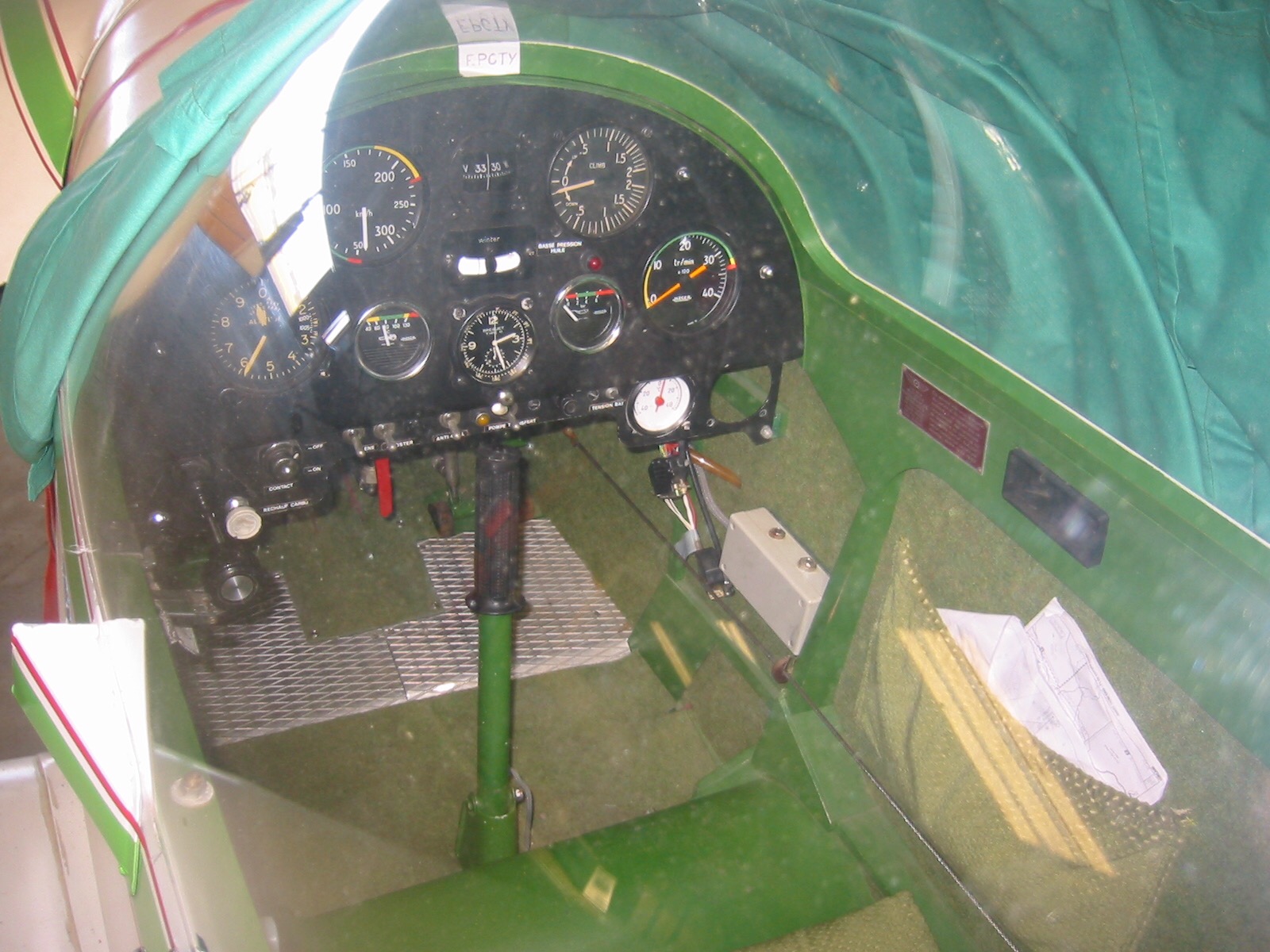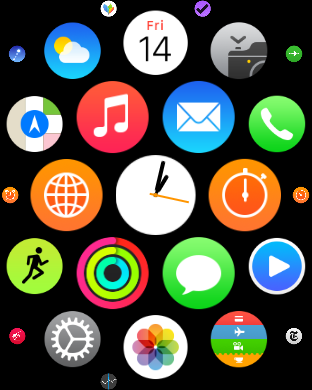As a user of different technologies, products and tools I am continuously interacting with interfaces which allow me to take control of them. I sometimes also have to struggle with them!
My eyes cross checking the parameters of the control panel of my single seat aircraft making sure that they’re all green; my hands exerting light pressure on the cyclic and collective pitch to maintain the steady hovering of my military transport helicopter despite the wind; visualizing the complexities of a comprehensive financial situation through a simple graphic; browsing and setting up my operating system to make it mine; the softness of my fingers on the keys of the piano to evoke the sound I desire.
Designing the right interface for your tools is the key of their success.

What would have become of the wheel if we hadn’t invented the steering wheel?
I love interfaces. They make you feel in control and allow you to use tools as extensions of yourself.
Simplicité et ergonomie pour faire corps avec la machine.
You need a lot of intelligence behind your interface to make it simple and safe. It’s not easy to design the proper indicator to provide you an overarching understanding of a situation. Beyond the technological aspects, you must have a deep understanding of a wide range of sciences – sociology, psychology, human factors and of course the domain of the tool you’re interacting with – finance, mechanics, business intelligence & analytics, algorithms, aerodynamics, etc. Reflecting an understanding of human nature is the exciting part of human-machine interfaces. It’s what makes them so human and so interesting. And by definition since they’re human, they’re not perfect.
The temptation is high to add one more indicator or switch. And adding just one switch can have dramatic consequences. It potentially adds confusion. In the Air Force, we recount the story of a switch which was added to the cockpit control panel as an “update” on the direction of one particular pilot who was not flying as often as the squadron pilots. The additional switch seemed immediately counterintuitive to the majority of fighter pilots. Though it was designed with the goal of adding an additional measure of control, in fact it increased the complexity of interacting with the machine. The addition of the new switch made it necessary to perform an extra step in a process where response time and speed are both critical. When you are the pilot in command of a single-seat fighter aircraft, time and reaction speed are of the essence.
The evolution of Human Interface design has reached the point where it’s more than ever linked to the development of Artificial Intelligence.
Hey Siri,… can you bring me a cup of coffee?

But this might be another subject.
I wish that my website was designed to respond intuitively to whatever sense you’re most likely to enjoy at any particular moment – making you smile and feel in control. It would be so appealing that you would keep coming back to check for my updates!
Such an idea is quite sensual but it’s the trait that makes real objects, experiences and people charming and memorable. By the way the intelligence behind my blog is not totally artificial yet. I’m not Her, which is why you still have to scroll and click through my paragraphs, buttons and links.
I like to see your face too, it helps me to interact with you, to understand you and give me access to your intelligence. Such is the nature of communication and interaction between human beings. But that’s another subject.
The control panels in my life – from my Ménestrel aircraft to my wearable technology – have made me smile so many times…
Thanks for reading, and cheers to new beginnings,
Florent
Any other thoughts?